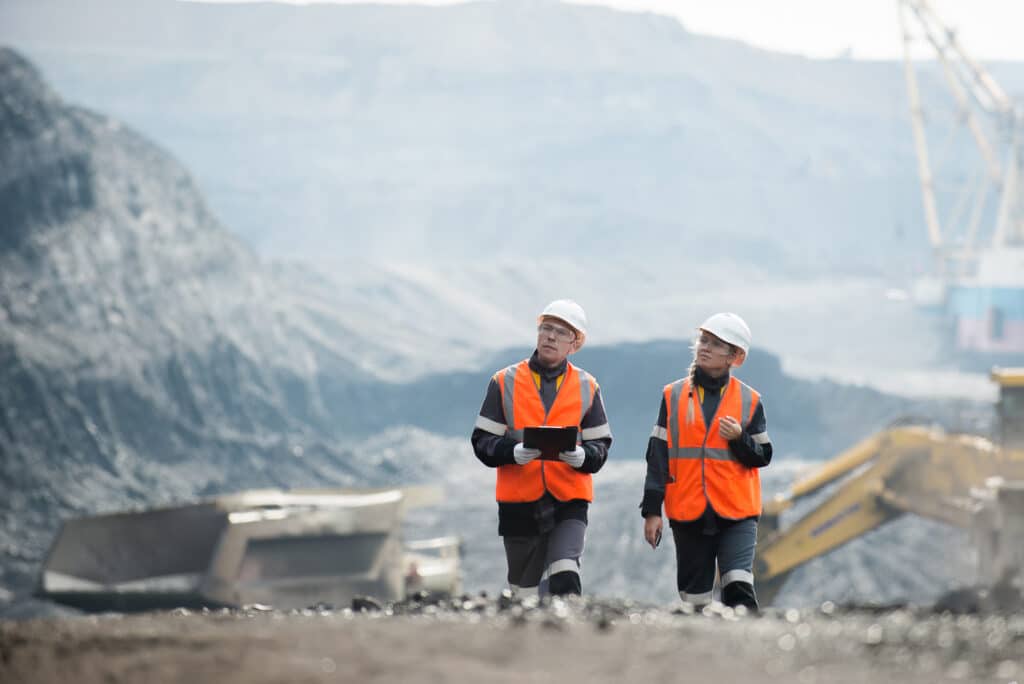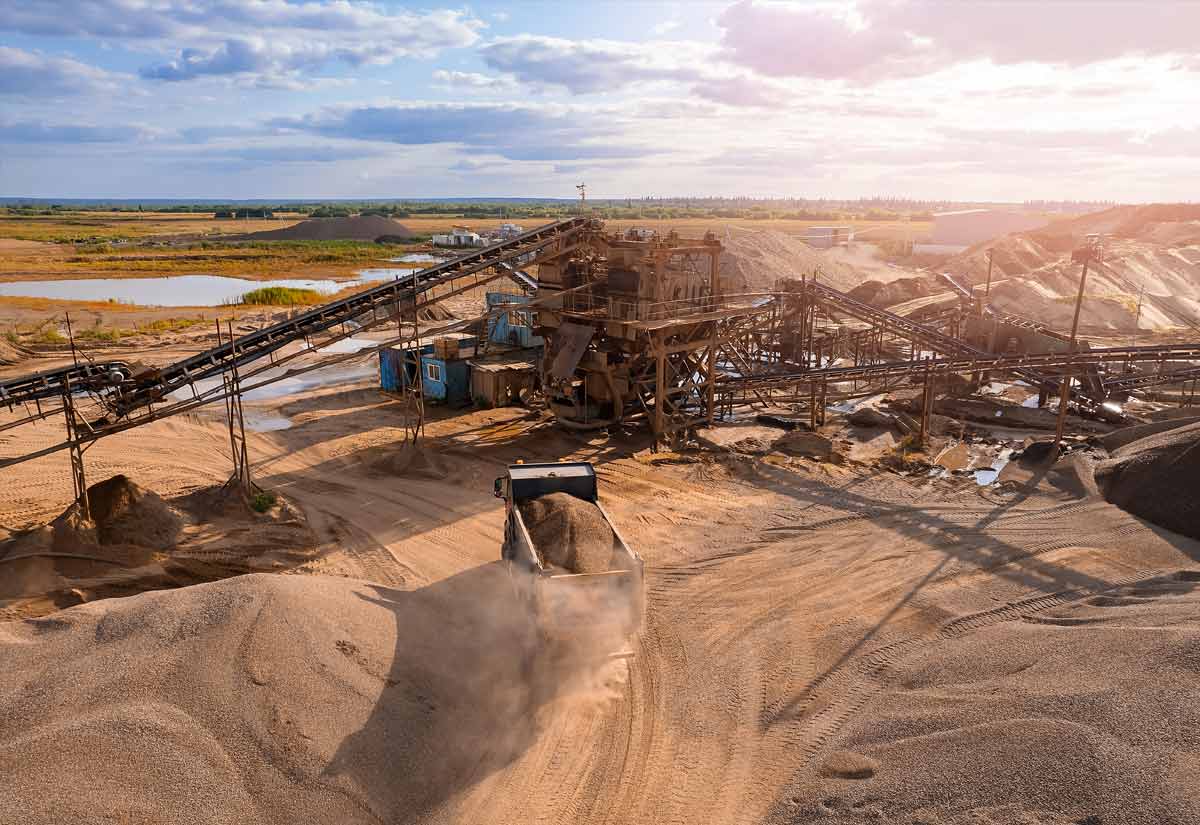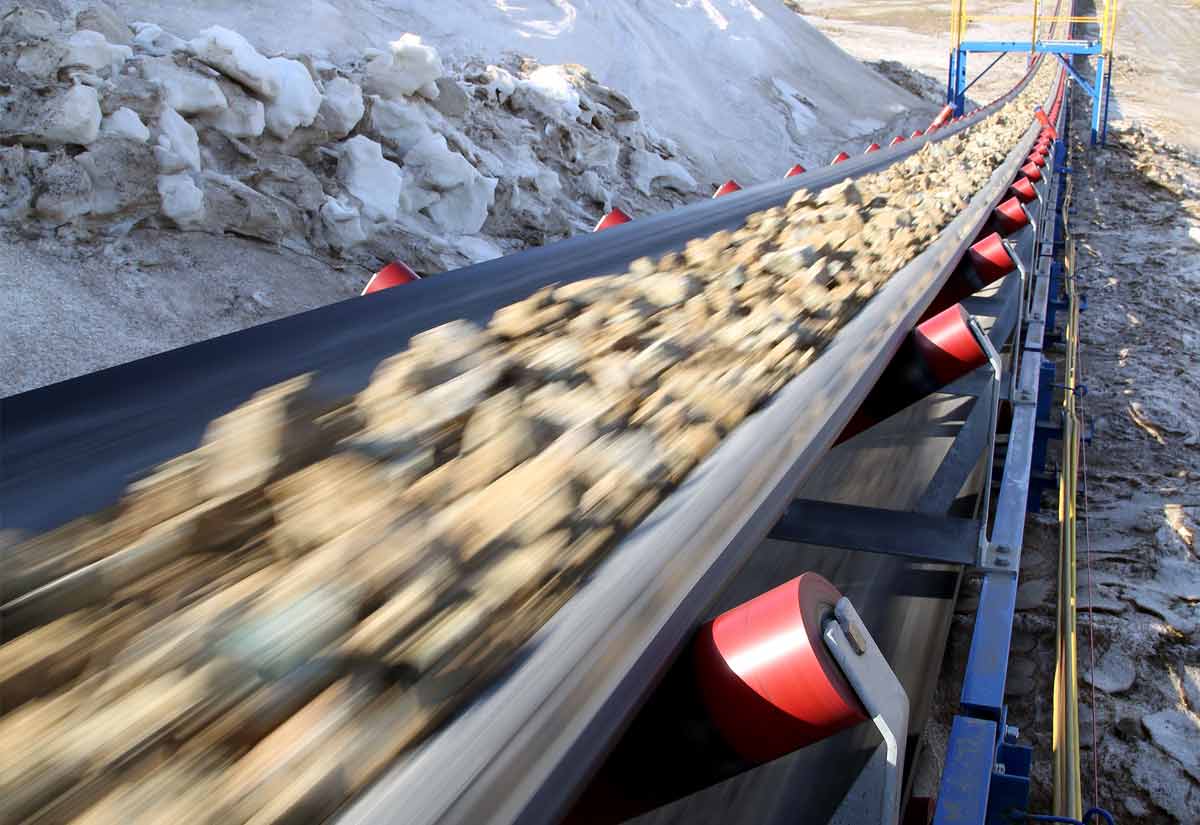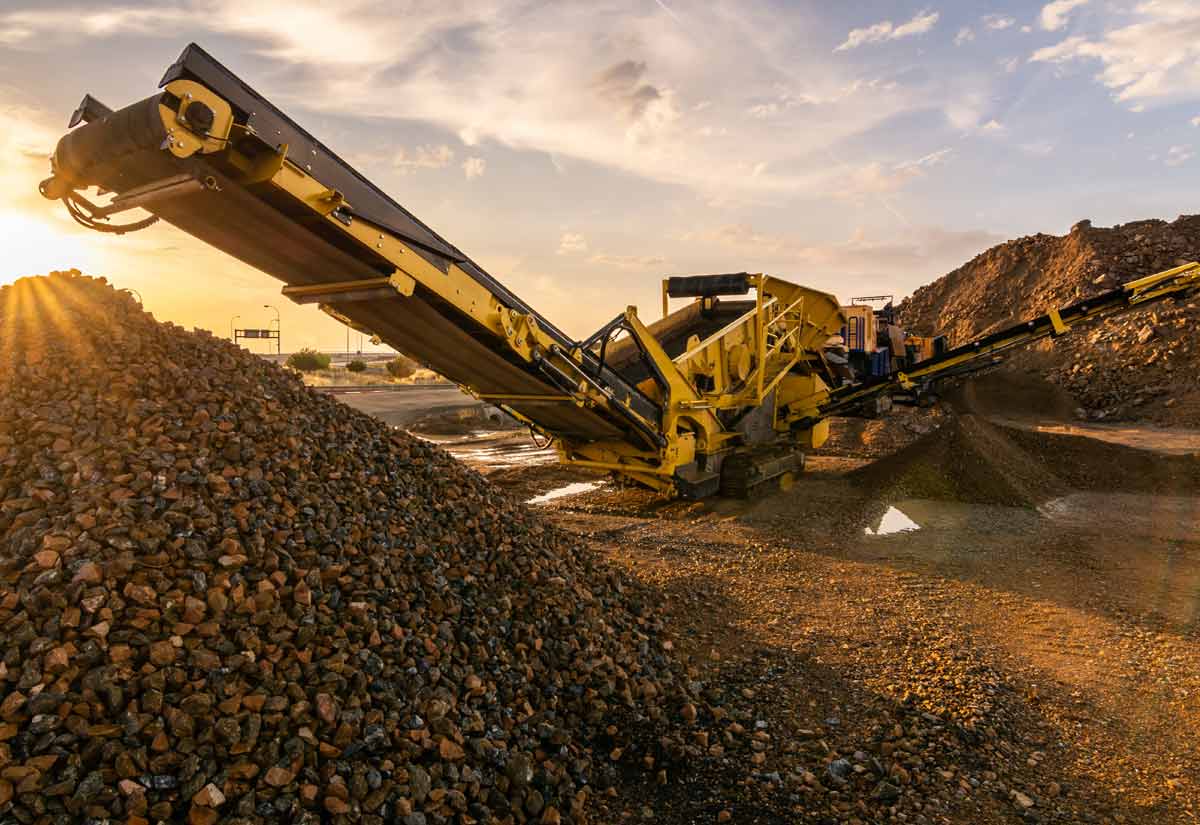Perhaps unsurprisingly, crisis-driven investors continue to act bullish on precious metals. Gold, silver, and palladium have all rallied to highs during this pandemic ecosystem, with platinum as the exception to the rule. Obviously, there are a few reasons the demand for precious metals has boomed. Investors are uncertain of the global economic situation, precious metal production has remained relatively stable, and precious metals are one of the few industries that is not always tied intrinsically to economic growth.
While the big players are scooping up massive investments, demand for precious metals has been trickling down to smaller mining operations — with many seeing unprecedented investor interest. So how do you capitalize on the demand? We’ve identified three core pillars that miners (especially operations with lower market caps) should pay attention to during this surge:
- Production
- Talent
- Resilience
Production
Easy come. Easy go. Some mining companies may be fixated on the rapid investment squeeze. But, when quarterlies come around, your production capabilities have to match that interest. It’s easy to capitalize on a frantic, volatile market. It’s harder to keep the market interested past the initial “gold rush.”
Companies like Yamana Gold — whose stocks are at an all-time-high — are investing in AI and automation for their mines during this rapid growth phase. Other companies are leveraging mergers & acquisitions to boost mining operations and production during this crisis. Canada’s metal market is seeing an unprecedented rise in deal activity. And miners are struggling to match investor interest with quarterly production, especially in this crisis environment where many mines were (and still are) shuttered due to the pandemic.
Talent
Most mines are back up and running. And, while the initial concerns may have been satisfying social distancing guidelines, creating safe working spaces, and complying with local, regional, and global pandemic protocols, attention has turned back to the age-old problem — talent. Recent surveys point towards supply chain disruption and uneasy market conditions as the two primary challenges facing mining operations. But talent is still a key issue for miners, especially precious metal mining companies looking to increase productivity in the face of growing demand.
Capturing mining talent has always been challenging. It’s a unique skill set, and the need for automation and technology adds new layers of difficulty, since tech employees are generally attracted to tech companies — not mining operations. To navigate this “new normal,” mining companies need to focus on talent acquisition before broader supply chain issues. We’re still in a massive mining talent shortage. And finding the right talent puts you in a far better position than your competitors — who are likely struggling to capture the necessary talent to expedite new projects.
Resilience
Debt reduction, stakeholder payouts, and resilience-building are key
for precious metals companies. The explosion of interest won’t last forever. While using demand to build new mines, prospect for more resources, and create new equipment are all reasonable, reducing your debt load for future resiliency is the key to keeping your doors open.
To do this, many miners are focusing on acquisitions and budgeting. In particular, we’re seeing a miniature boom in mine sales. Large companies are eager to meet production forecasts, and acquisition is a surefire way to boost investor interest and reduce production strains. Canada seems to be the hot market for these acquisition deals. Newcrest Mining recently acquired a 70% stake in Red Chris mine in Canada for $807 million. And CEO, Sandeep Biswas, suggested that future deals may be in the works. “If something were to come up that is of interest, then we certainly don’t see ourselves as restricted.”
Chinese mining companies have also been hungry for mining capacity. Zijin Mining recently acquired Continental Gold in Canada for $1.4 billion. And SD Gold recently acquired another Canadian mine — Hope Bay — for $149 million.
Selling excess mines or mines that are struggling to keep production up due to economic, supply chain, or other pandemic-induced pressures is a worthwhile strategy for many mining operators during this period.
We Can Help You Find the Right Talent
At Resource Erectors, we can’t help you budget or acquire any new mines. But we can help you find best-in-class talent to maximize your production capabilities. We source top-talent in the mining industry for companies across the globe. Want to see what we can do for you? Contact us to learn how Resource Erectors can solve your talent problem.











